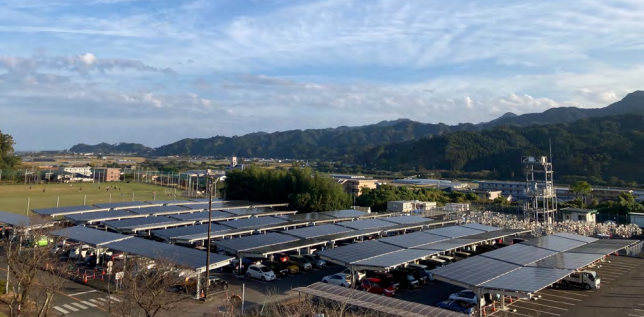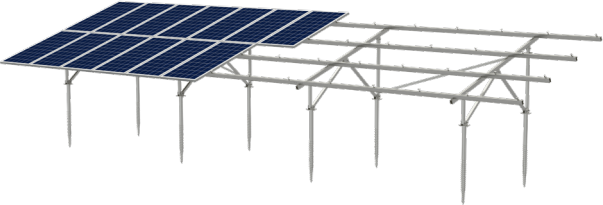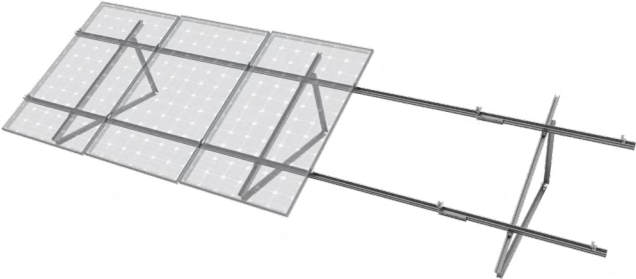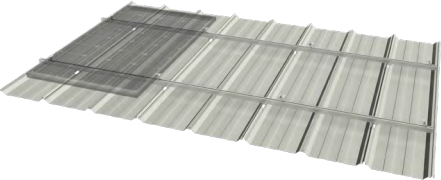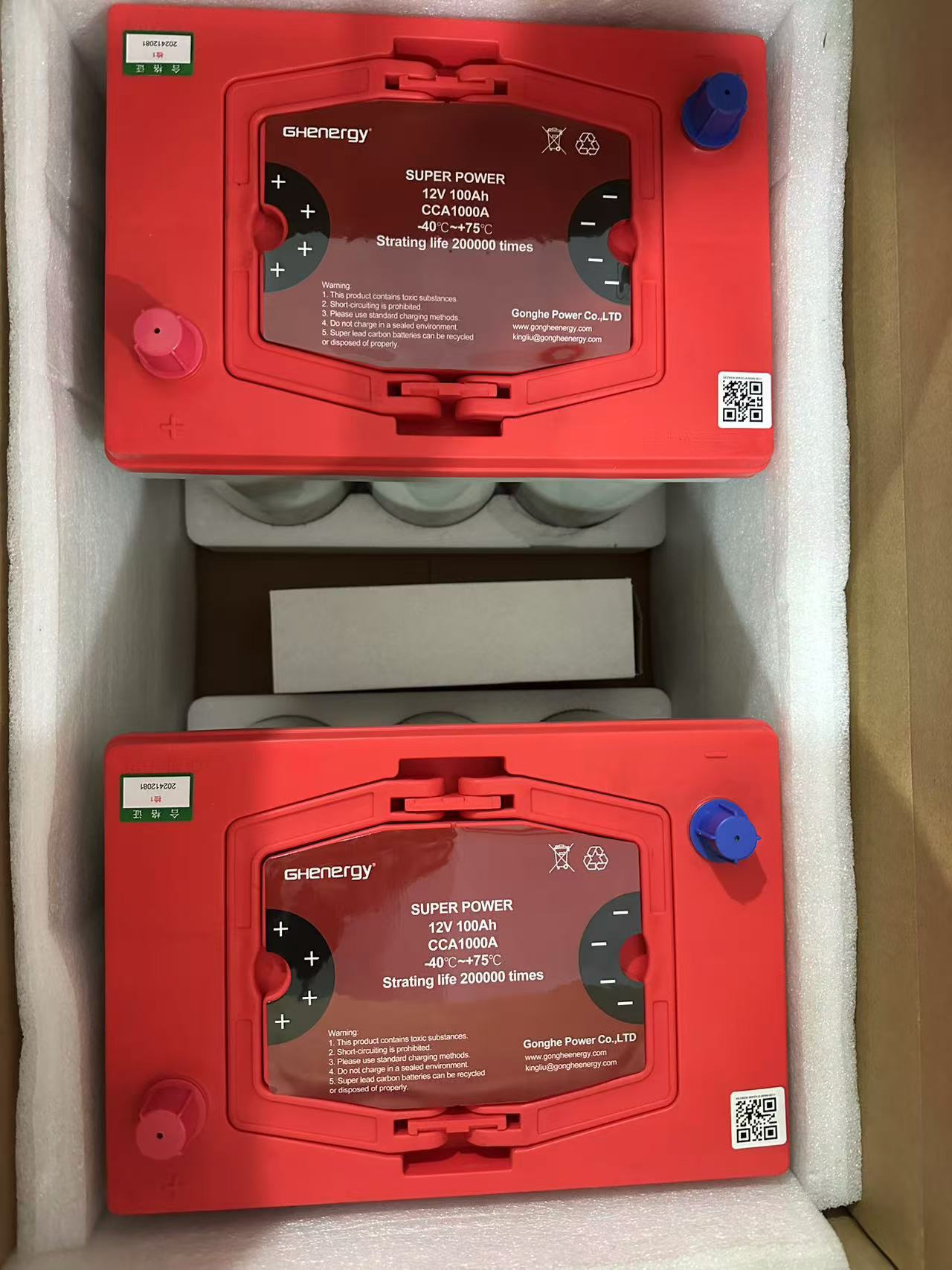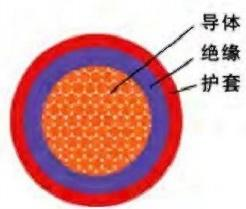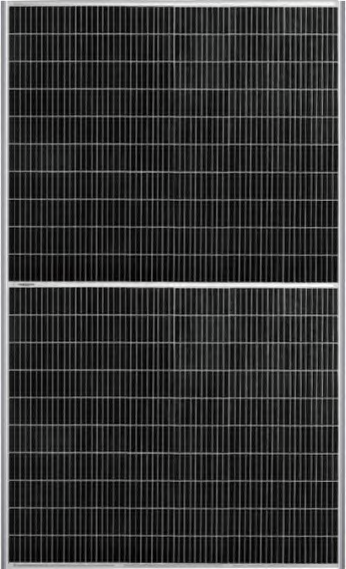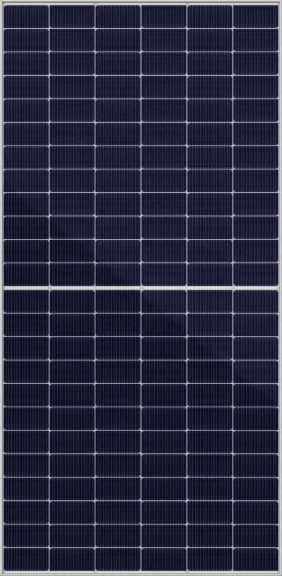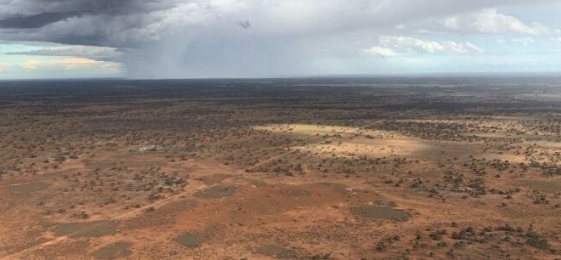 The mega-project will sit across 1.2 million hectares of land and feature around 60 million solar PV modules.
The mega-project will sit across 1.2 million hectares of land and feature around 60 million solar PV modules.
Wedoany.com Report-Jan 24, Western Australia’s Western Green Energy Hub (WGEH), a 70GW solar PV and wind project, has been submitted to the Australian government’s Environment Protection and Biodiversity Conservation (EPBC) Act.
The EPBC queue, administered by the Federal government, aims to protect nationally threatened species and ecological communities. The approval must be received before a project can be developed.
The AU$100 billion (US$65 billion) project is being pursued by project developers WGEH. The developer inked a collaboration agreement in September with Korea Electric Power Corporation (KEPCO) and submitted the project to Western Australia’s Environmental Protection Authority (EPA) in November 2024.
It will be situated on Western Australian Mining Native Title-determined land in the Shire of Dundas, in the far southeast of the state. Currently, the proposed project will cover 2,268,015 hectares of land, an area larger than Wales in the UK.
The WGEH project was previously slated to have a generating capacity of 50GW; however, this has increased to 70GW. Around 3,000 wind turbines and up to 35 solar PV power plants will be located across the proposed site, which will also house data centres. The developer said around 60 million solar PV modules will be used for the project.
According to planning documents submitted as part of the EPBC Act application, the project will adopt a ‘nodal’ approach by clustering around 2-3GW of wind and solar PV, with a 1.5GW electrolyser and a data centre located at the centre of each node. In total, around 35 nodes will be constructed.
The developer also claims that the annual energy produced from the megaproject will be over 200TWh, which is similar in magnitude to Australia’s current generation. As such, WGEH believes the project could play an important role in energy trading with international partners.
It is worth noting that the hub would be built in phases to produce up to 3.5 million tonnes of green hydrogen per year, which would be provided domestically and internationally by being converted into green ammonia.
A consortium including Singaporean-based InterContinental Energy and renewable energy developer CWP Global first proposed the mega-project. These companies are also behind the 26GW Asian Renewable Energy Hub, which Australia’s Federal government rejected in 2021 due to its environmental impacts.
Much like the Asian Renewable Energy Hub, the WGEH project could also face scrutiny from the Federal government given that the project will impact several species of endangered life, including Great White Sharks, which are listed as ‘vulnerable and migratory’ under the EPBC Act.
The development application states that Great White Sharks are known to frequent inshore waters around rocky reefs, surf beaches and shallow coastal bays to the outer continental shelf and slope areas of the proposed coastal element of the project’s proposal.
Solar PV in the EPBC Act
Several solar-plus-storage projects have been submitted to the EPBC queue in recent months, including Edify Energy’s 250MW project in Victoria and a 600MW solar-plus-storage site being pursued by ACEN Australia.
One of the latest solar PV projects to have been submitted to the Act is Spanish solar developer X-Elio via its 720MW North Burnett Renewable Energy Hub in Queensland. The project features a 4-hour duration 720MW/2,880MWh battery energy storage system (BESS) co-located with the solar PV power plant.
Should X-Elio secure the necessary approvals for the project, the developer expects construction to last around 36 months. The project is expected to have an operational life of 30 years. At the end of its life, the power plant will either be decommissioned or repowered with new solar equipment.
In December 2024, the EPBC Act was scrutinised by the Australian trade association, the Clean Energy Investor Group, which argued that decision-making periods have doubled from 2021 to 2023.
According to the group representing Australian and global renewable energy investors, the average decision-making period for controlled actions requiring comprehensive environmental assessments increased from 62 days in 2021 to 136 days in 2023.



